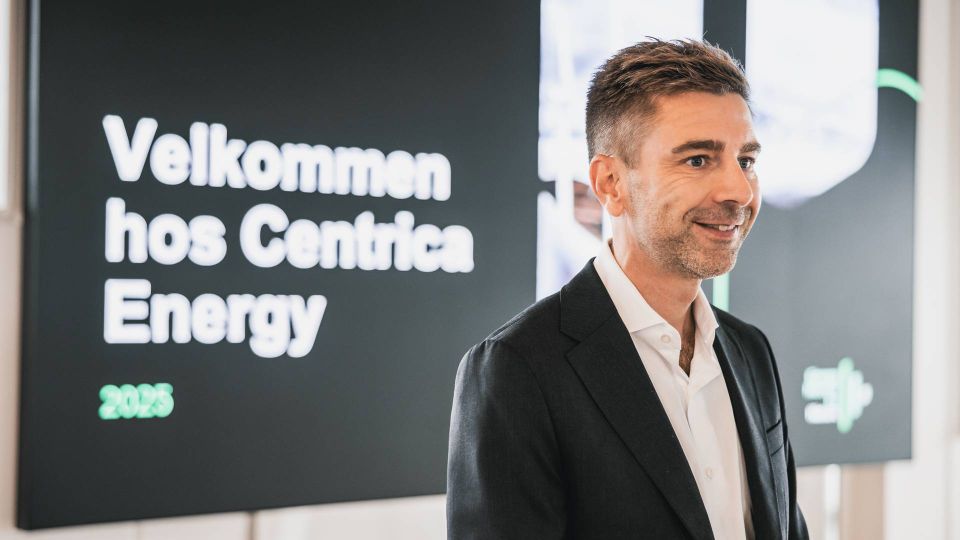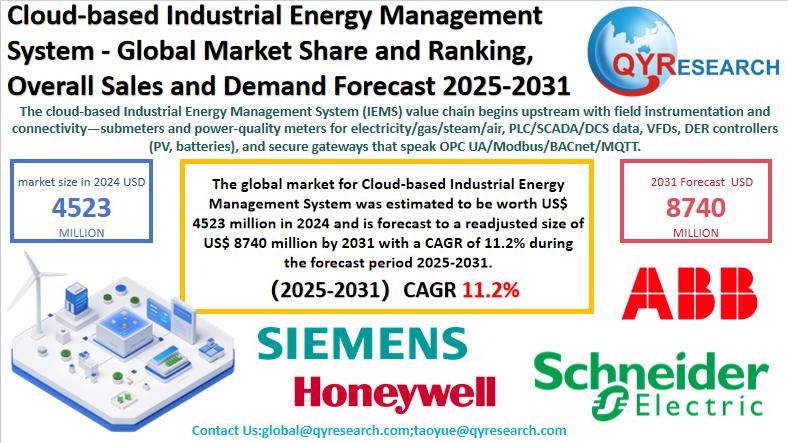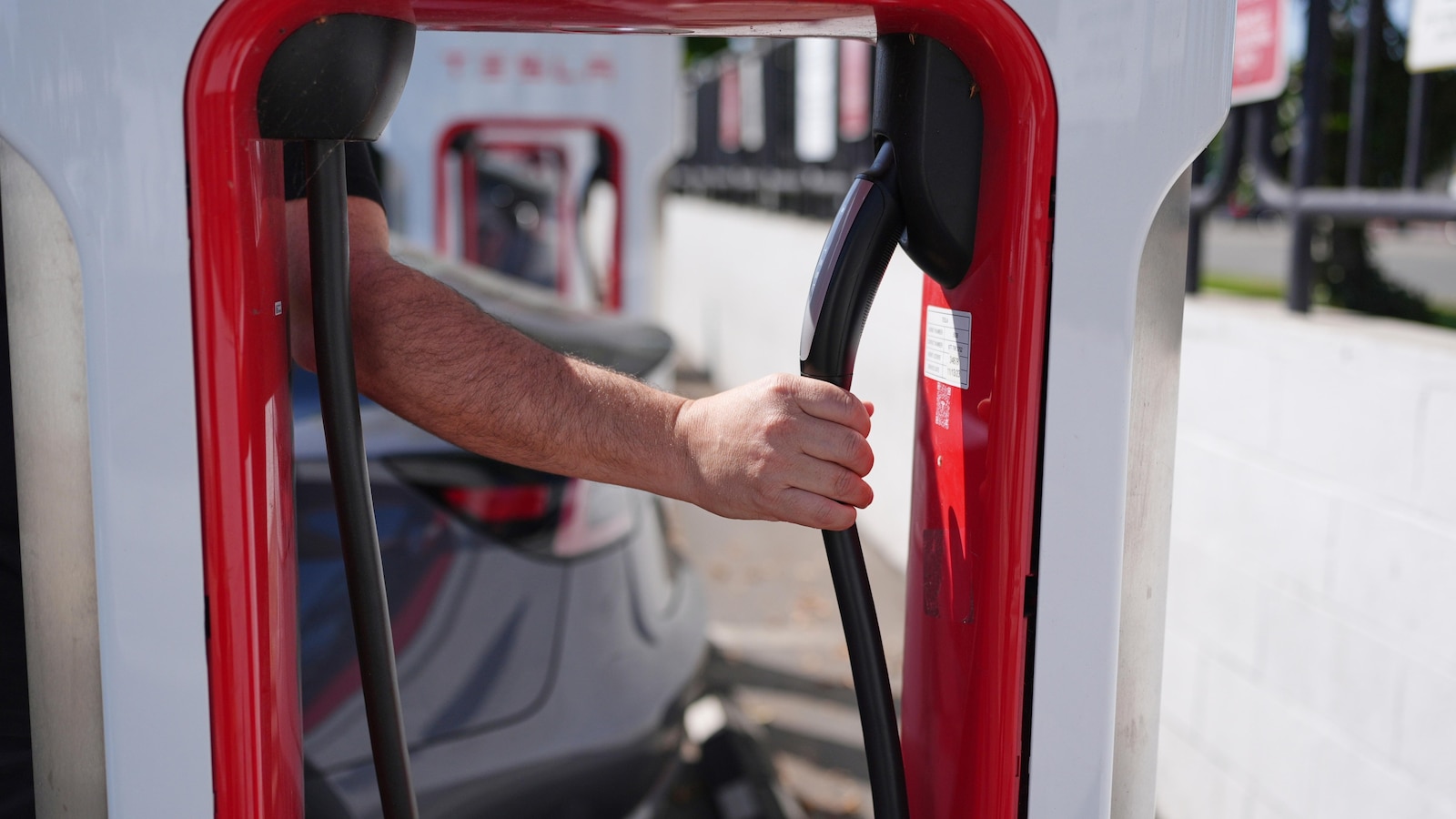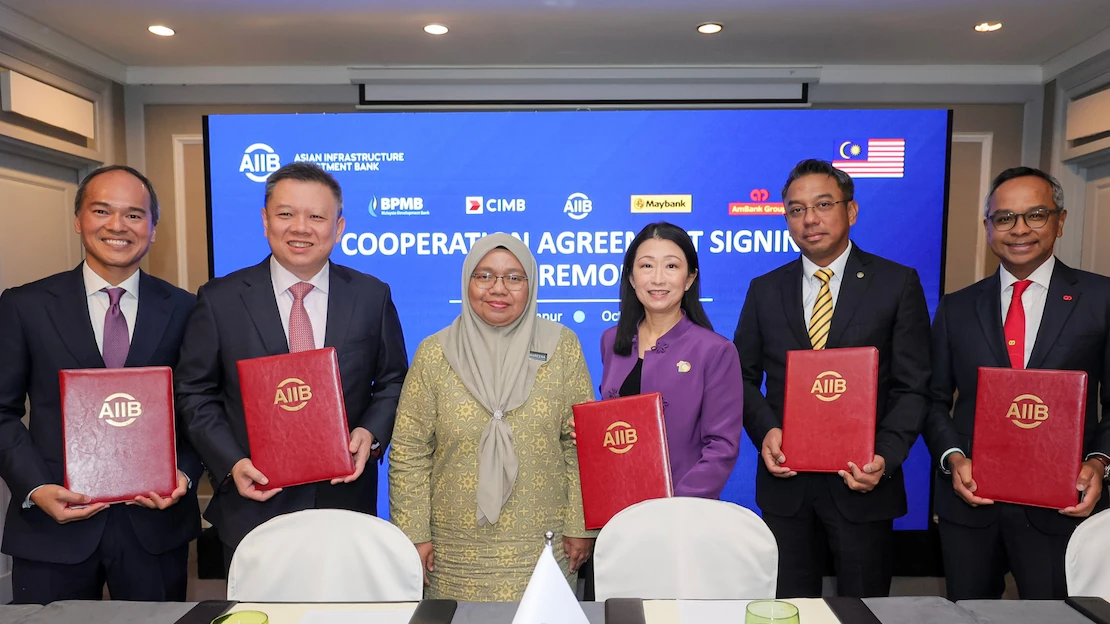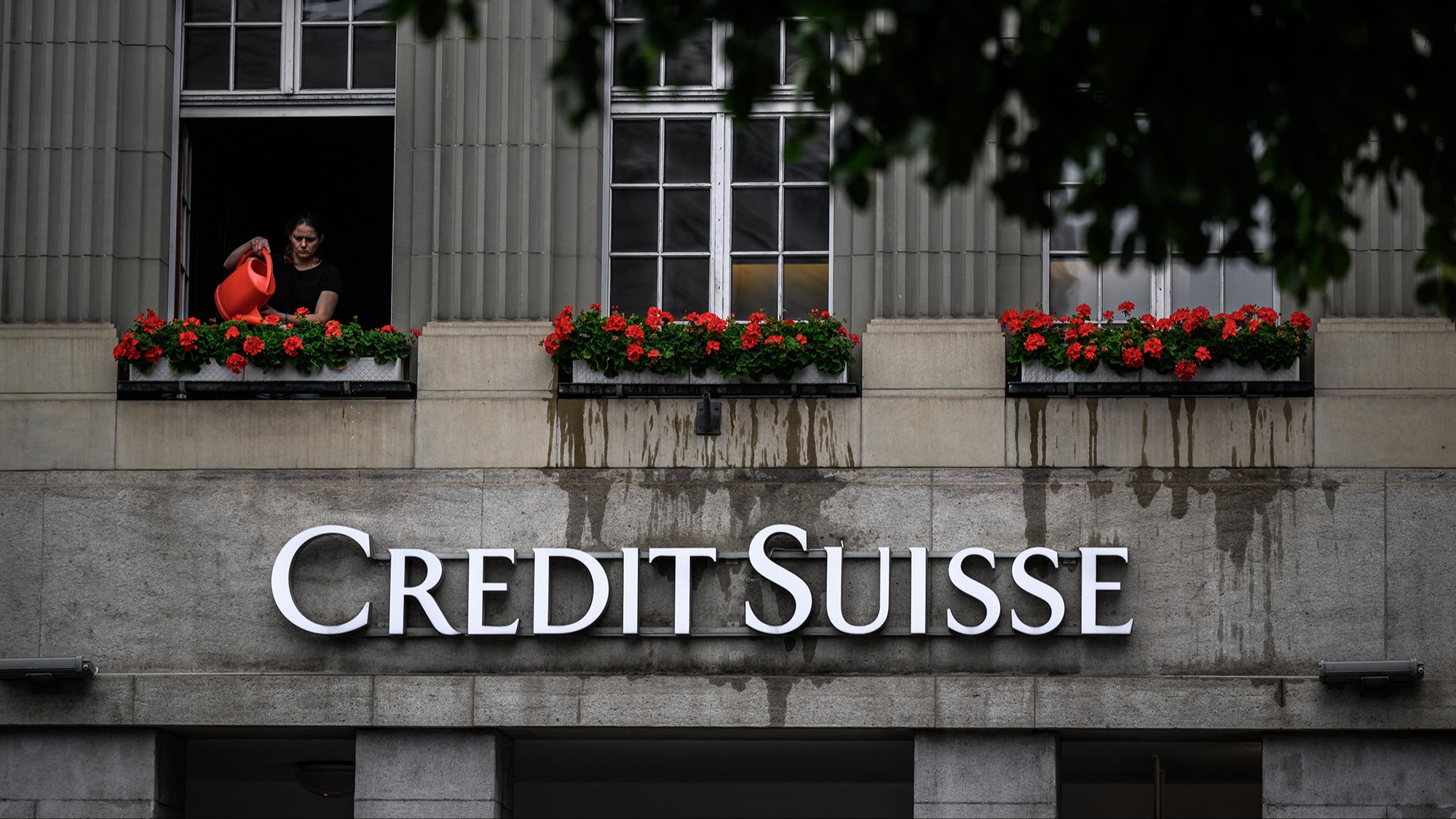London urged to streamline financial investment to defend status quo – fDi Intelligence

Report on the Proposed UK Financial Services Investment Hub and its Alignment with Sustainable Development Goals
Introduction and Strategic Imperative
- On July 10, the City of London Corporation released a strategic blueprint, “Future of Financial and Professional Services Investment in the UK,” proposing the establishment of a centralized financial services investment hub.
- This initiative addresses a critical “now or never” moment for the UK’s financial services sector, aiming to secure its global leadership and contribute to national sustainable development objectives.
- The report notes a 4% decline in the UK’s share of global Foreign Direct Investment (FDI) into financial and professional services projects between 2017 and 2024, highlighting the urgent need for decisive action to reverse this trend.
Alignment with Sustainable Development Goal 8: Decent Work and Economic Growth
- The proposed hub is projected to generate £10 billion in investment across the UK by 2030, directly supporting the objectives of SDG 8 by promoting sustained, inclusive, and sustainable economic growth and decent work for all.
- A significant portion of this investment, £7.7 billion, is forecast to originate from attracting global institutional investors, thereby stimulating economic prosperity and job creation. Key targets include:
- Attracting more sovereign wealth funds to establish a presence in the UK.
- Encouraging foreign pension funds to open offices in the UK.
- By attracting and streamlining inbound capital, the hub aims to reinforce the economic foundations that support innovation and employment throughout the nation.
Alignment with Sustainable Development Goal 9: Industry, Innovation, and Infrastructure
- The blueprint calls for modernizing the UK’s investment infrastructure to build a resilient and innovative financial ecosystem, a core tenet of SDG 9.
- The proposed hub will function as a streamlined, one-stop-shop, improving the institutional framework for attracting capital. Core functions supporting innovation and infrastructure include:
- Building a pipeline of bankable projects to present to investors, creating opportunities to channel funds towards sustainable infrastructure and innovative ventures.
- Offering tailored support and regulatory guidance to businesses during setup or expansion, fostering an environment conducive to innovation.
- Running secondment programmes with the private sector to enhance public sector capabilities and knowledge transfer.
Alignment with Sustainable Development Goal 17: Partnerships for the Goals
- The development of the blueprint involved extensive multi-stakeholder consultation with over 200 investors and industry associations, alongside input from HM Treasury and the Office for Investment, embodying the collaborative spirit of SDG 17.
- The proposal advocates for a unified, UK-wide approach to FDI engagement and messaging, strengthening domestic partnerships to achieve a common objective.
- It seeks to learn from and match the international best practices of global partners, such as Singapore’s Economic Development Board and Bahrain’s golden licences, to enhance global cooperation for sustainable development.
Operational Framework and Institutional Strengthening (SDG 16)
- The report addresses the need for more effective, accountable, and inclusive institutions (SDG 16) by seeking to resolve investor confusion caused by the current fragmented and convoluted FDI attraction system.
- The investment hub aims to create a clear, single point of contact, offering the most hands-on support to investors deemed strategically important to the UK’s sustainable development.
- This initiative aligns with the recommendations of the 2023 Harrington Review of Foreign Direct Investment, which called for a more coordinated, investor-centric approach to build strong institutions for managing investment.
Conclusion and Future Outlook
- The City of London Corporation argues that the UK’s traditional advantages, such as its timezone, language, and legal system, must be paired with modernized investment services to remain competitive.
- The proposed investment hub is presented as a critical modernization effort to ensure the UK financial services sector not only maintains its global standing but also actively contributes to achieving the Sustainable Development Goals through strategic and sustainable investment.
1. Which SDGs are addressed or connected to the issues highlighted in the article?
SDG 8: Decent Work and Economic Growth
- The article’s central theme is the promotion of economic growth in the UK, specifically within its financial services sector. The proposed blueprint aims to generate “£10bn worth of investment across the UK by 2030,” directly contributing to economic growth. The article also explicitly states that losing its global position would mean losing “the economic prosperity, jobs and innovation that come with it,” linking the proposed actions directly to job creation and economic well-being.
SDG 9: Industry, Innovation, and Infrastructure
- The article focuses on strengthening a key industry: financial and professional services. It highlights the need for “innovation” to maintain a competitive edge. The core recommendation—to establish a “financial services investment hub”—is a form of institutional infrastructure designed to support the industry. This hub would “streamline investor support,” “build a pipeline of bankable projects,” and create a “unified UK-wide approach,” all of which relate to building resilient infrastructure and fostering innovation within the sector.
SDG 17: Partnerships for the Goals
- The article emphasizes the need for collaboration and partnership to achieve its goals. The proposed investment hub is a result of consultations with “200 investors, industry associations and other stakeholders” and was developed with “input from HM Treasury and the Office for Investment.” This highlights a multi-stakeholder partnership approach. The plan calls for a “unified UK-wide approach to FDI engagement” and better “UK-wide co-operation,” which are central to the principles of partnership for sustainable development. The goal is to mobilize financial resources (FDI) through these enhanced partnerships.
2. What specific targets under those SDGs can be identified based on the article’s content?
SDG 8: Decent Work and Economic Growth
- Target 8.2: Achieve higher levels of economic productivity through diversification, technological upgrading and innovation. The article directly mentions the need to protect “innovation” and modernize the UK’s investment services to “exceed the standards set by other countries,” which points to increasing economic productivity.
- Target 8.3: Promote development-oriented policies that support productive activities, decent job creation, entrepreneurship, creativity and innovation. The proposed “financial services investment hub” is a clear example of a development-oriented policy designed to attract investment, which in turn supports “jobs and innovation.”
SDG 9: Industry, Innovation, and Infrastructure
- Target 9.a: Facilitate sustainable and resilient infrastructure development… through enhanced financial, technological and technical support. The proposal for a “one-stop-shop” investment hub represents the creation of a resilient institutional infrastructure to support the financial services industry by streamlining processes and providing tailored support.
SDG 17: Partnerships for the Goals
- Target 17.3: Mobilize additional financial resources for developing countries from multiple sources. While the UK is a developed country, the principle of mobilizing financial resources is central. The article is entirely focused on attracting foreign direct investment, specifically targeting “sovereign wealth funds and foreign pension funds” to mobilize capital.
- Target 17.17: Encourage and promote effective public, public-private and civil society partnerships. The article describes a partnership model involving the City of London Corporation, HM Treasury, the Office for Investment, and private sector stakeholders (“200 investors, industry associations”). The proposed hub is a mechanism to formalize and enhance this public-private partnership.
3. Are there any indicators mentioned or implied in the article that can be used to measure progress towards the identified targets?
Indicators for SDG 8
- Total value of Foreign Direct Investment (FDI): The article sets a clear financial target: “generate £10bn worth of investment across the UK by 2030.” This serves as a primary indicator of success.
- Share of global FDI: The article provides a baseline metric, noting that the UK’s “share of global FDI into financial and professional services projects dropped by four per cent between 2017 and 2024.” Reversing this decline would be a key performance indicator.
- Job creation: While not quantified, the article implies that the creation of “jobs” is a desired outcome and therefore an indicator of progress.
Indicators for SDG 9
- Establishment of institutional infrastructure: The creation and operationalization of the “financial services investment hub” itself serves as a concrete indicator that this target is being addressed.
Indicators for SDG 17
- Volume of FDI from specific sources: The article specifies that of the £10bn target, “£7.7bn is forecast to flow from attracting more sovereign wealth funds and foreign pension funds.” This provides a specific indicator for measuring the mobilization of financial resources from these partners.
- Formation of public-private partnerships: The successful establishment of the hub, which requires collaboration between the City of London Corporation, government bodies like HM Treasury, and the private sector, is an indicator of an effective partnership. The article also mentions consultations with “200 investors, industry associations and other stakeholders,” indicating the scale of the partnership effort.
4. Table of SDGs, Targets, and Indicators
| SDGs | Targets | Indicators |
|---|---|---|
| SDG 8: Decent Work and Economic Growth |
8.2: Achieve higher levels of economic productivity through innovation.
8.3: Promote development-oriented policies that support productive activities, decent job creation, and innovation. |
– Total value of investment generated (£10bn by 2030). – Change in the UK’s share of global FDI in financial services (reversing the 4% drop). – Number of jobs created (implied). |
| SDG 9: Industry, Innovation, and Infrastructure | 9.a: Facilitate sustainable and resilient infrastructure development. | – Establishment and operationalization of the “financial services investment hub.” |
| SDG 17: Partnerships for the Goals |
17.3: Mobilize additional financial resources from multiple sources.
17.17: Encourage and promote effective public, public-private and civil society partnerships. |
– Volume of FDI from sovereign wealth and foreign pension funds (£7.7bn). – Formal establishment of the investment hub as a public-private partnership. – Number of stakeholders engaged in the process (200 consulted). |
Source: fdiintelligence.com

What is Your Reaction?
 Like
0
Like
0
 Dislike
0
Dislike
0
 Love
0
Love
0
 Funny
0
Funny
0
 Angry
0
Angry
0
 Sad
0
Sad
0
 Wow
0
Wow
0



























;Resize=805#)



